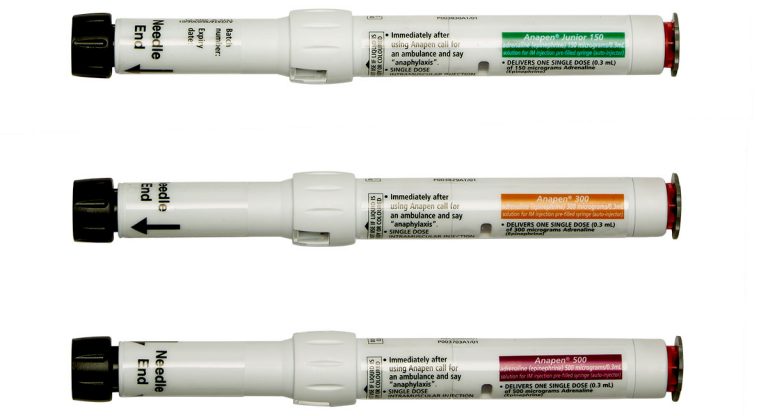Experts have warned of the potential for a significant thunderstorm asthma season urging the community to be prepared.
More common in south-east Australia, epidemic thunderstorm asthma events can happen during grass pollen season from October through December.
According to Deakin University environmental allergist and Director of Deakin AIRwatch, Associate Professor Cenk Suphioglu, forecasts for the peak of the season predict the potential for a ‘perfect storm’, with high pollen counts, stormy weather and humidity expected to combine from the start of November.
He said there is a concern the thunderstorm asthma season could rival the 2016 epidemic due to pressure on the health system, in addition to a potential increase in those who may now have a compromised respiratory system due to having had COVID-19.
In 2016, 10 people died, and over 12,000 patients presented at emergency departments across Victoria during a thunderstorm asthma event on 21-22 November.
As a blanket rule, Associate Professor Suphioglu said if you know you are allergic to grass pollen, “be very careful on very high to extremely high pollen count days”.
He recommends staying indoors particularly if there is going to be high winds or thunderstorms and close your windows and doors.
Common symptoms of thunderstorm asthma include breathlessness, chest tightness, wheezing or coughing.
However, it is important for all people – not just asthmatics and people with compromised immune systems – to be prepared.
“In 2016, people who had never before experienced traditional asthma, but were allergic to grass pollen, suffered from thunderstorm asthma,” Associate Professor Suphioglu said. “No one is immune from thunderstorm asthma.”
Associate Professor Suphioglu said people that have hay fever, but also cough and wheeze during pollen season, could be at risk of thunderstorm asthma and if concerned should book an appointment with their GP.
Asthmatics and those who may now have a compromised respiratory system due to having had COVID-19 should see their GP and make sure they have an up-to-date Asthma Action Plan.
For Victoria, epidemic thunderstorm asthma risk forecasts are available to 31 December on the VicEmergency app and website.
Australia-wide pollen observations are available from The Australian Pollen Allergen (AusPollen) Partnership.
Further resources are also available from Asthma Australia.
Call triple zero (000) immediately if someone is not breathing, if their asthma suddenly becomes worse or is not improving, or if the person is having an asthma attack and a reliever puffer is not available.





